Artist Report
Your Artist is jonah brucker-cohen and katherine moriwaki
On your word press blog, and here below please paste 5 artworks in jpeg or video URL format. Please put the title, date and medium below each image
1.
“Umbrella.Net” 2004 new media
2.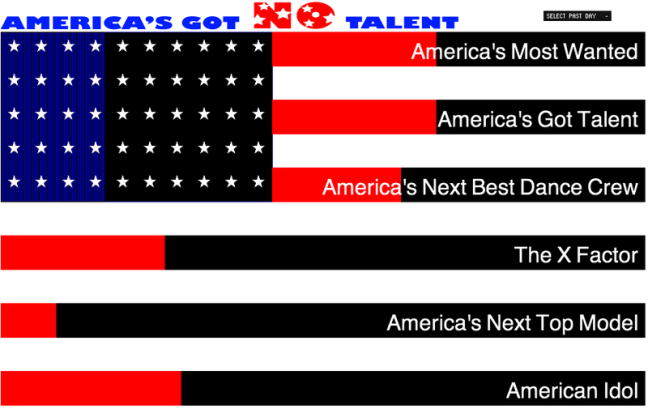
“America’s got no talent” 2014 data visualization artwork
3.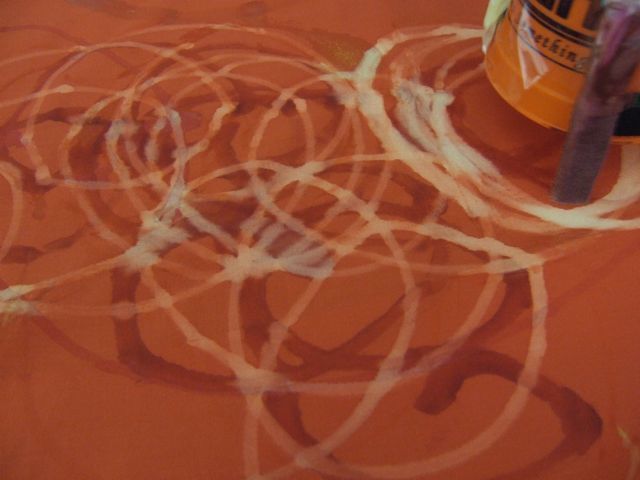
“Colorbots” 2011
4.
“R.I.P Banf Center” 2011
5.
“Scrapyard Workshops” Ongoing, Interactive media
Please share a statement from an art historian, critic or journalist about your artist:
UMBRELLA.NET featured in:
Tribe, Mark, Jana, Reena., Art in the Age of Digital Communication, New Media Art, Taschen, USA, 2006.
Although Brucker-Cohen and Moriwaki’s interest in network topology stems largely from their extensive technological training (both received Ph.D.s in Engineering at Trinity College in Dublin), they use umbrellas primarily for aesthetic reasons. As they write on the project’s Web site: “We believe these transitory networks can add surprise and beauty to our currently fixed communication channels.”
This work exemplifies the kind of collaborative effort that is common in New Media art, which often requires a team of technological specialists, similar to a film crew. Brucker-Cohen and Moriwaki worked with a software architect, an electrical engineer, an industrial designer, and a hardware engineer. While UMBRELLA.net originated in an engineering context, its conceptual charm and spectacular quality indicate the artistic intentions of its makers. The absurd nature of the umbrella’s enhanced functionality seems to poke fun at the increasing ubiquity of digital technology in the early 2000s, from robotic vacuum cleaners to microwave ovens that utilize live Web data to determine cooking times.
Please choose only ONE of the 5 pieces above and write a Subject Vs Content statement about the work here:
“Umbrella.Net”
Umbrella.net is an image of seven people carrying opened umbrellas. Five people are close enough together that their umbrellas seem to create cohesiveness. This is represented by a blue glow over the five umbrellas and a dotted arch linking one to the other. The other two people, standing further from the five, are also carrying umbrellas; their umbrellas are shown with a red glow, without arches connecting them to another.
One possible content could be that the artist was interested in exploring randomness pattern forms that are visually expressed (like opening an umbrella).
Another form of content could be that the artist was interested in exploring the idea of energy and how we are all connected. expressing visually that ideas, energy and vibes travel from person to person.

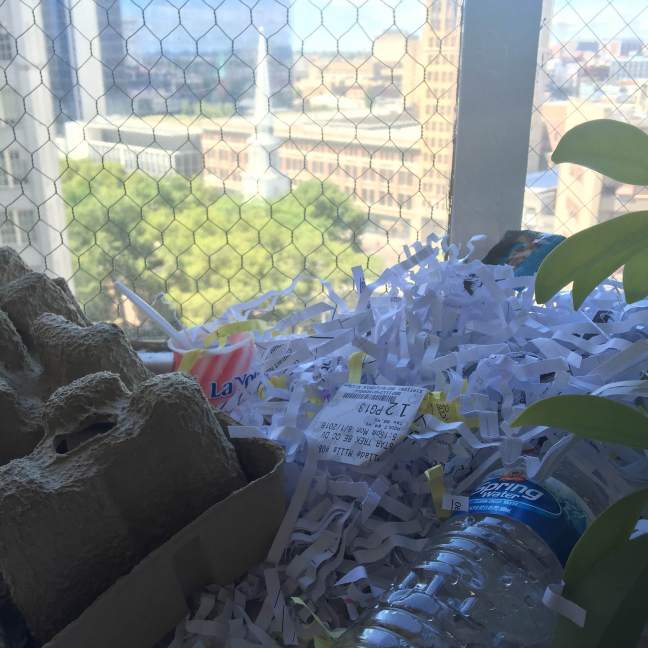









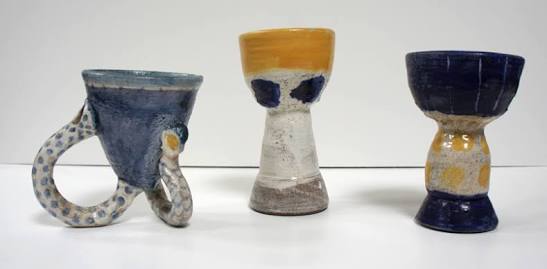
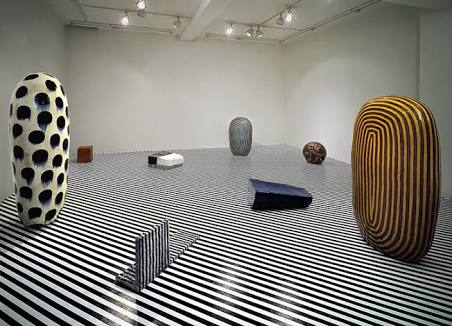
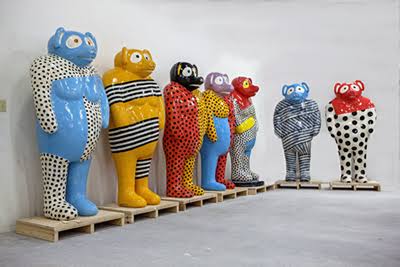

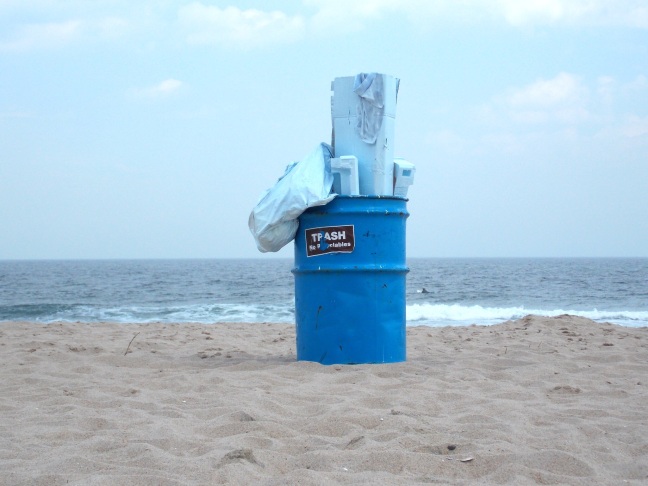
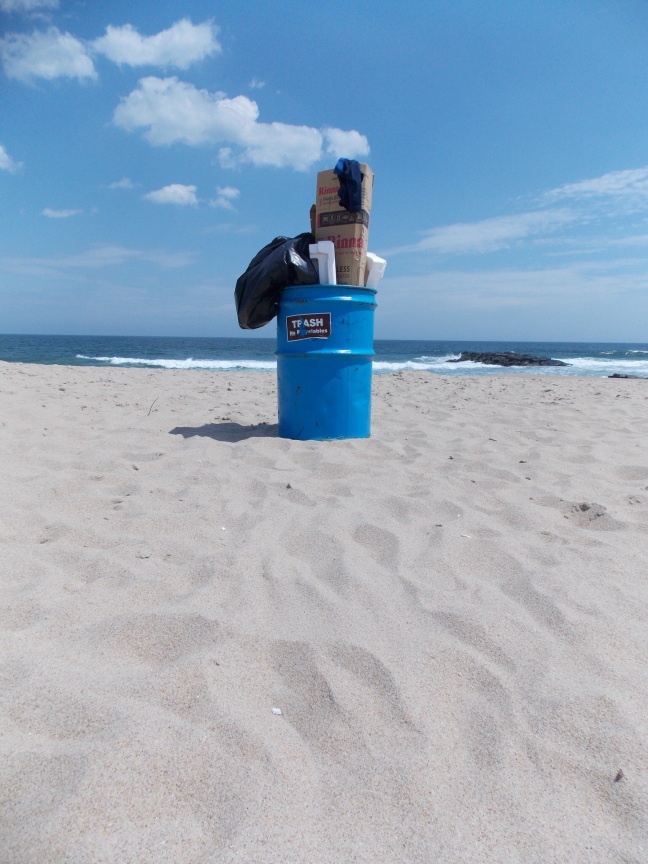
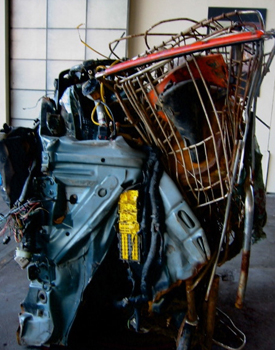 “multi modal transport”Car unibody section, shopping carts, bicycles, etc.
“multi modal transport”Car unibody section, shopping carts, bicycles, etc. “Wheel Cube” 38 tire rims collected from the Pittsburgh Pool
“Wheel Cube” 38 tire rims collected from the Pittsburgh Pool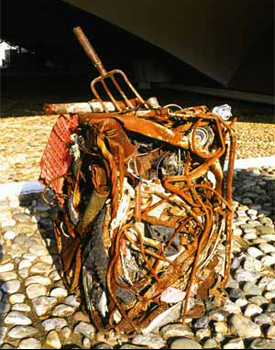 “Girty’s Run Harvest”
“Girty’s Run Harvest” “Garden Cube”
“Garden Cube”